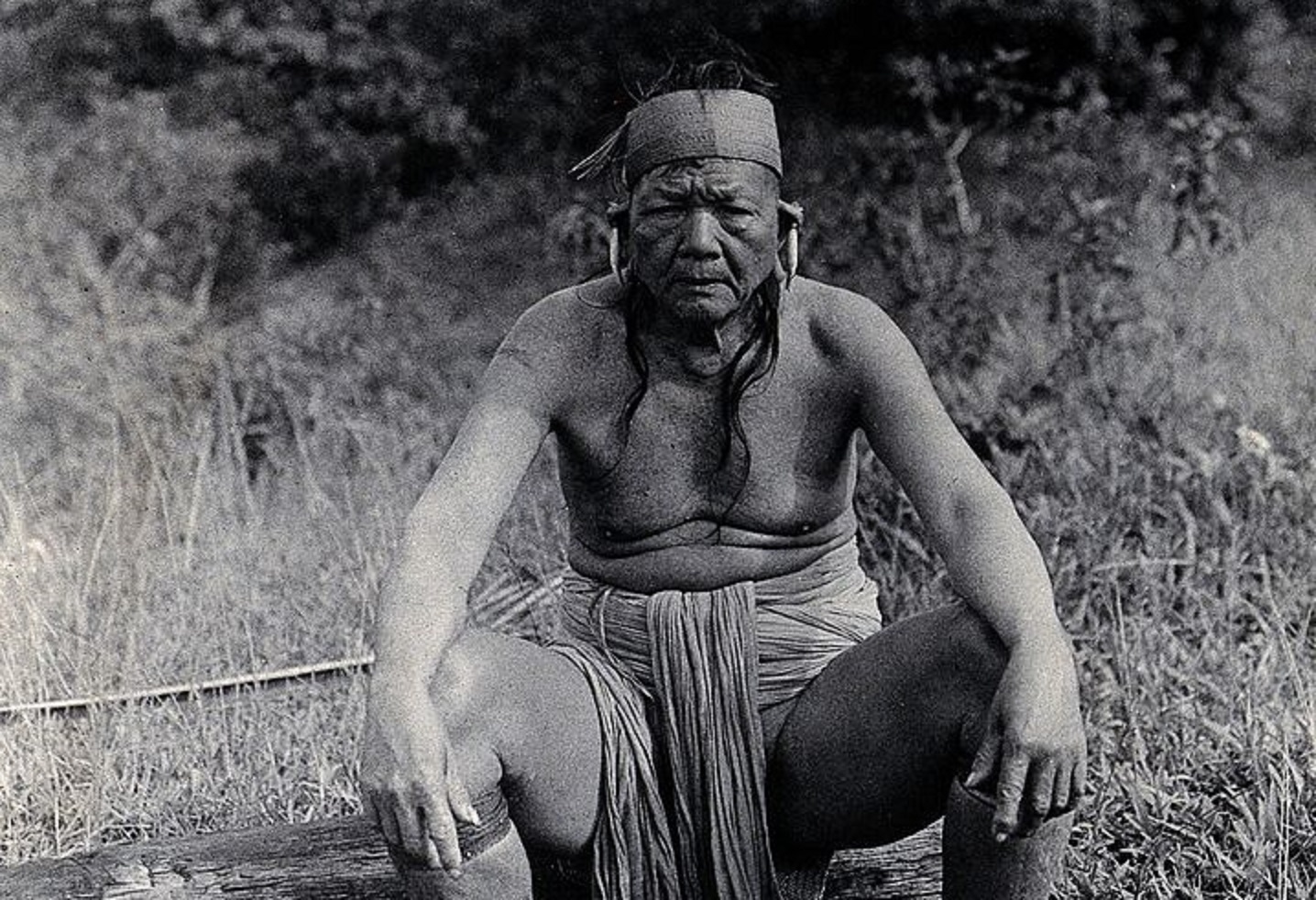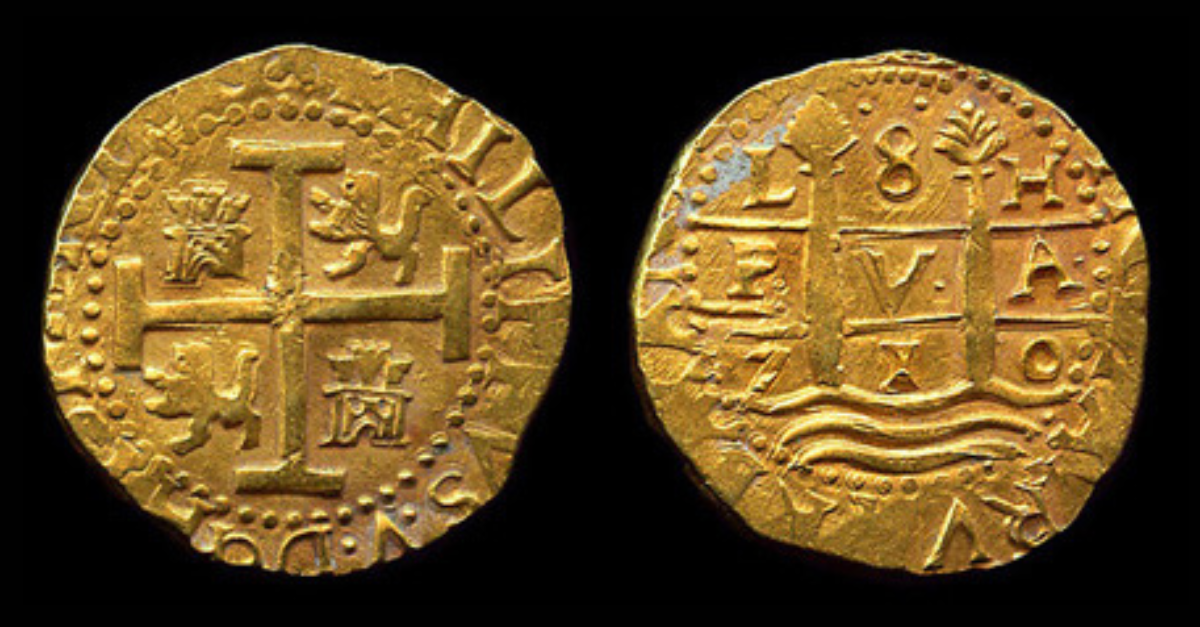The Truth About The Kayan
Of all the indigenous communities in Southeast Asia, the Kayan people stand out for their distinctive neck coils that have captivated the imagination of tourists all over the world.
But as beautiful as the coils are, they've also been a source of controversy and concern for the wellbeing of the women who don them. So what's the truth behind the practice? Let's find out.

Where Do They Live?
The Kayan people, also known as the Padaun, are originally from Myanmar. Many Kayan fled to the safety of Thailand after coming into conflict with the Myanmar military regime in the late 1980s and early 1990s.
Today, there are approximately 200,000 Kayan people living in Myanmar and Thailand.
Their Neck Coils
One of the most unique aspects of Kayan culture is the tradition of neck elongation. Starting at age five, women of the Kayan tribe adorn themselves with brass coils, which creates the illusion of elongated necks.
The coils don't actually stretch the women's necks. Instead, the weight of the coils pushes the collarbone down.
Why Do They Wear Neck Coils?
Some anthropologists think that Kayan women started wearing neck coils as a way to make them unattractive to other tribes and reduce their chances of being taken as slaves. Some have also suggested that the coils are supposed to make the women look more slender and attractive to men.
Why Do They Wear Neck Coils? (cont'd)
In another theory about the origins of the coils, the jewelry is meant tomake women look like dragons, which are important creature in Kayan folklore. A more practical reason for wearing the coils may have been to protect against tiger bites.
But if you ask most Kayan women, the true reason is simple: They wear the coils because it shows their cultural heritage and makes them look pretty.
 Jakub Specjalski, Shutterstock
Jakub Specjalski, Shutterstock
Do They Take Their Neck Coils Off?
For the most part, Kayan always wear their neck coils. They only time the coils might come off is during a medical examination.
It takes a long time to put a coil on and long-term use often causes the women's necks to become bruised or discolored. Most women also come to feel like the coil is part of their body, so they keep them on.
Kayan Longhouses
The Kayan people live in longhouses. These communal dwellings can house multiple families under one roof. They can be up to a kilometer long.
 Wellcome Images, CC BY 4.0, Wikimedia Commons
Wellcome Images, CC BY 4.0, Wikimedia Commons
Kayan Tattoos
Tattooing is a popular practice among Kayan women. Their tattoos are known as "g'num," and they wear these intricate designs on their hands and forearms. The g'num symbolize beauty and strength.
 W. H. Furness 3rd, Wikimedia Commons
W. H. Furness 3rd, Wikimedia Commons
What Do Their Clothes Look Like?
The Kayan people take pride in their vibrant traditional clothing. Women wear colorful woven fabrics, and men often don distinctive colors, too, which reflect their cultural heritage.
What Are Their Spiritual Beliefs?
The Kayan people maintain a deep connection with their departed loved ones through the practice of ancestor worship. They use rituals and ceremonies to honor the departed and believe their ancestors guide them through life.
 Tropenmuseum, CC BY-SA 3.0, Wikimedia Commons
Tropenmuseum, CC BY-SA 3.0, Wikimedia Commons
Their Origin Story
The Kayan also practice a traditional religion called Kan Khwan. According to this theology, the Kayan people were created by a union between a female dragon and man who was half human, half angel.
 Sir George Scott, Wikimedia Commons
Sir George Scott, Wikimedia Commons
What Do They Believe In Now?
Italian missionaries first encountered the Kayan in the 19th century. Today, many Kayan follow Roman Catholicism.
Buddhism and Baptist Protestantism are also common among the Kayan, but a large portion of the population still follows traditional Kan Khwan beliefs.
 Internet Archive Book Images, Wikimedia Commons
Internet Archive Book Images, Wikimedia Commons
Passing Down Stories
The Kayan do not have a written language. They use oral traditions like storytelling and songs to pass on their history.
Elders play an important role in passing down stories, myths, and cultural knowledge to younger generations.
Kayan Art
The Kayan are renowned for their incredible weaving skills. Not only is this used to create their clothes, they also weave bags and other textiles that are adorned with symbolic patterns representing their community.
 Fair Tourism, CC BY-SA 4.0, Wikimedia Commons
Fair Tourism, CC BY-SA 4.0, Wikimedia Commons
Traditional Music And Dance
Music and dance are key to Kayan celebrations and rituals. Traditional instruments like drums and bamboo mouth organs often accompany lively dances that pass on history or marks milestone in the lives of community members.
 Leiden University Library, Wikimedia Commons
Leiden University Library, Wikimedia Commons
Kayan Farming Practices
The Kayan people practice traditional slash-and-burn techniques to clear land for their crops. Crops such as rice, corn, and vegetables are staple foods in Kayan communities.
 Internet Archive Book Images, Wikimedia Commons
Internet Archive Book Images, Wikimedia Commons
Kayan Festivals
The Kayan people observe various festivals throughout the year, but the Kay Htein Bo Festival is the most important. During this three-day festival which occurs every spring, the Kayan dance around a maypole and make offerings of pigs and cows to usher in a good harvest.
 Tropenmuseum, CC BY-SA 3.0, Wikimedia Commons
Tropenmuseum, CC BY-SA 3.0, Wikimedia Commons
Basket Weaving In Kayan Communities
Basket weaving is a particularly important Kayan craft. The intricate, durable baskets they make have many purposes, from mundane storage containers to ceremonial uses.
 Internet Archive Book Images, Wikimedia Commons
Internet Archive Book Images, Wikimedia Commons
Their Marriage Customs
Kayan marriage ceremonies are seen as uniting not just the couple but also their families. Before the couple can get married, the potential groom must send his parents to ask the prospective bride's family for her hand in marriage.
If the woman's parents agree, the man gives her an engagement token in front of the whole village. This symbolizes his commitment to her.
 Wellcome Images, CC BY 4.0, Wikimedia Commons
Wellcome Images, CC BY 4.0, Wikimedia Commons
A Kayan Wedding Day
Kayan weddings take place in the longhouse and people from neighboring communities are usually invited.
During the ceremony, the couple will hold a ceremonial sword, as the bridesmaids circle them eight times with a sun hat. This is meant to symbolically protect the newlyweds from the sun and rain.
 PennyLane24, CC BY-SA 4.0, Wikimedia Commons
PennyLane24, CC BY-SA 4.0, Wikimedia Commons
A Kayan Wedding Day (cont'd)
After the ceremony, people celebrate the marriage with a night of dancing and feasting. Rice wine is a key drink at Kayan weddings, and everyone must have a taste to celebrate the bride and groom.
 MarenHumburg, CC BY-SA 4.0, Wikimedia Commons
MarenHumburg, CC BY-SA 4.0, Wikimedia Commons
Choosing The Right Partner
Among the Kayan, people must marry someone they are genetically related to. Marrying a first cousin is seen as best, with marriage between different generations being viewed as taboo.
Not following these rules is seen as a bad omen and believed to cause misfortune for the newlyweds and their relatives.
 CEphoto, Uwe Aranas ,Wikimedia Commons
CEphoto, Uwe Aranas ,Wikimedia Commons
Kayan Shamans
Kayan Shamans are called "bomoh", and they hold a highly-respected position as spiritual leaders and healers. Their shamanic rituals involve communicating with spirits and using traditional herbal remedies to cure illnesses.
 Wellcome Images, CC BY 4.0, Wikimedia Commons
Wellcome Images, CC BY 4.0, Wikimedia Commons
Their Burial Traditions
The Kayan people have unique burial traditions in which they place the deceased in elevated huts called "salong". These huts are about ten meters high.
The Council Of Elders
Traditional Kayan villages are governed by a council of elders. Important decisions about a community are made collectively by the elders, based on consensus.
 Jakub Specjalski, Shutterstock
Jakub Specjalski, Shutterstock
The Importance Of "Kiau"
The Kayan value the concept of "kiau," which emphasizes community responsibility and helping one another. This concept fosters a supportive environment where individuals actively contribute to the well-being of the entire community.
What Language Do They Speak?
The Kayan people speak various dialects of Padaung Kayan. Each dialect reflects the unique history and geographical location of different tribes.
 Uwe Ommer, CC BY-SA 4.0, Wikimedia Commons
Uwe Ommer, CC BY-SA 4.0, Wikimedia Commons
The Kayan In The 21st Century
As is often the case, the industrialization of the 21 century has led to the Kayan having more interactions with outsiders.
To try and find a balance between maintaining their cultural heritage and fitting into the modern world, many Kayan promote initiatives like sustainable tourism and cultural exchange programs.
Preserving Their Culture
Efforts are underway to document and preserve Kayan cultural knowledge.
Kayan communities are involved in educational initiatives, including recording their oral histories, documenting traditional practices, and promoting cultural awareness to outsiders and tourists.
 Tropenmuseum, CC BY-SA 3.0, Wikimedia Commons
Tropenmuseum, CC BY-SA 3.0, Wikimedia Commons
Symbolism In Kayan Art
Symbols play a significant role in Kayan art, with each motif carrying cultural significance. The unique symbolism in Kayan art pieces reflects the community values, beliefs, and identity of the artist.
The Role Of Kayan Youth
Kayan youth are playing a big role when it comes to preserving their cultural heritage. Young Kayan are at the forefront of many of the educational initiatives that seek to encourage positive interactions with tourists and record the oral traditions of Kayan communities.
Final Thoughts
The Kayan people continue to captivate the world's imagination. From the iconic long-necked women to their intricate arts and rituals, they've found a way to balance their ancient traditions with the challenges of the modern era.
Their cultural heritage is not just a relic of the past but a living entity that is a testament to the spirit of indigenous communities.



















